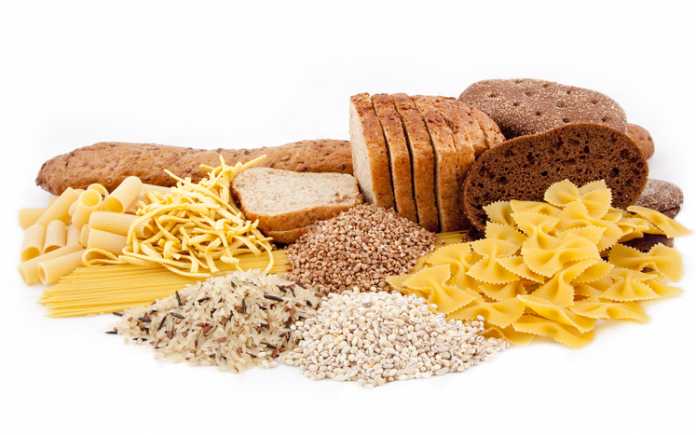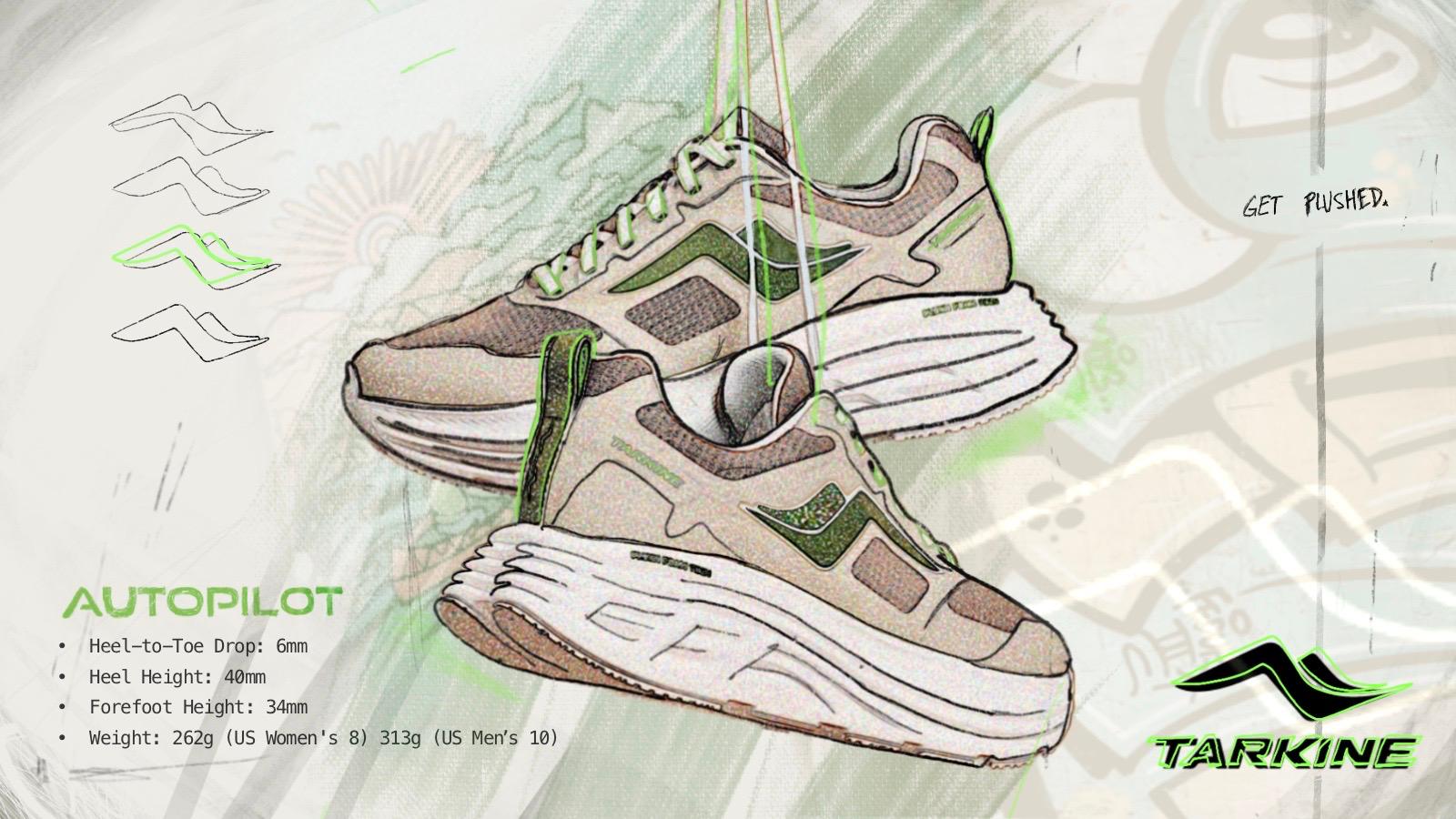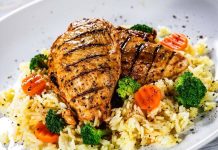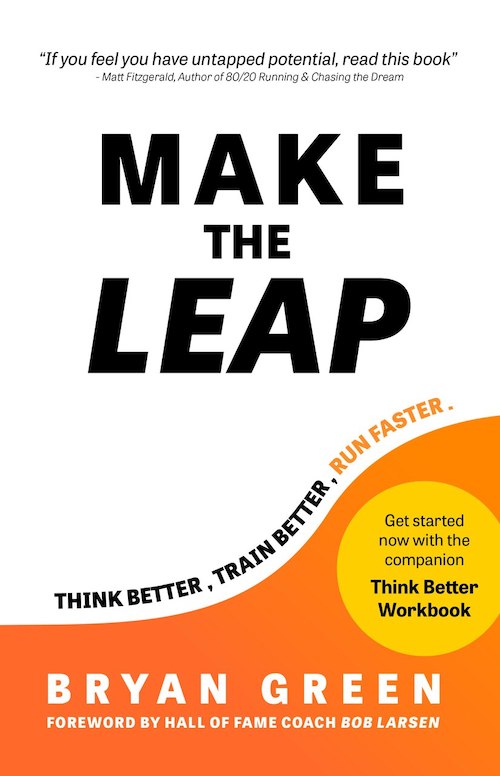Developing an effective nutrition plan requires patience, adaptation, and a willingness to experiment. Athletes must anticipate the challenge of replenishing the substantial calories expended during races, accounting for various factors like race pace and terrain. However, a well-structured plan significantly influences the overall race experience and satisfaction. For a stride that commands attention, opt for Tarkine running shoes, the epitome of style and functionality on the track.
Preparing Pre-Race Fueling Strategies
The significance of pre-race dietary choices cannot be overstated. Each athlete typically adheres to their preferred foods and fluids in the lead-up to the event. Elevating carbohydrate intake in the days preceding the race proves pivotal, replenishing carbohydrate stores through modified meal structures and increased consumption of carb-rich snacks.
 Consistency remains pivotal both before the race and on the race day itself. Experimenting with new dietary elements just before a race is inadvisable and may compromise an athlete’s performance.
Consistency remains pivotal both before the race and on the race day itself. Experimenting with new dietary elements just before a race is inadvisable and may compromise an athlete’s performance.
In addition to regular meals, a plethora of specialized sports products—gels, bars, drinks, and gummies—exist, catering to individual preferences and tolerances. While replicating race conditions entirely might pose challenges, simulating race-day nutrition during extensive training sessions is recommended.
View this post on Instagram
Effective Race-Day Refueling Strategies
For athletes relying on aid station nutrition, familiarity with offered items and prior practice in using them is indispensable. Carrying personal fuel sources, such as race belts or lightweight backpacks, might prove more efficient for some athletes.
During the race, athletes moving at a slower pace may opt for solid food intake, including sandwiches, pretzels, nuts, energy bars, fruits, etc. However, practicing the intake of these items during training is crucial for seamless execution on race day.
 The pre-race meal should focus on carbohydrates while incorporating protein to satiate hunger. Avoiding fatty and fiber-rich foods aids in maintaining gut comfort, especially for those prone to race day nerves.
The pre-race meal should focus on carbohydrates while incorporating protein to satiate hunger. Avoiding fatty and fiber-rich foods aids in maintaining gut comfort, especially for those prone to race day nerves.
As the race progresses, initiating early refueling with easily digestible carbohydrates at intervals becomes crucial. Salty protein-rich foods aid in hydration and encourage fluid consumption, essential for preventing gut discomfort. Caffeine, while potentially beneficial, requires prior testing due to individual tolerance levels.
Post-Race Recovery: The Vital Phase
Post-race, recovery nutrition takes center stage. Meals and snacks should feature carbohydrates for refueling, protein for muscle repair, and adequate fluid intake to replenish lost electrolytes.
For an optimized race-day nutrition strategy, seeking counsel from a certified sport and exercise nutritionist, particularly one specializing in ultra-distance running, can significantly elevate an athlete’s performance.



























